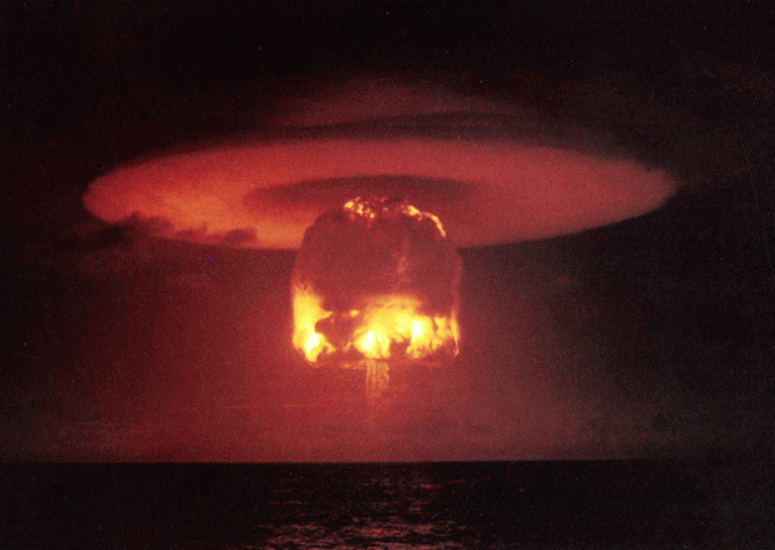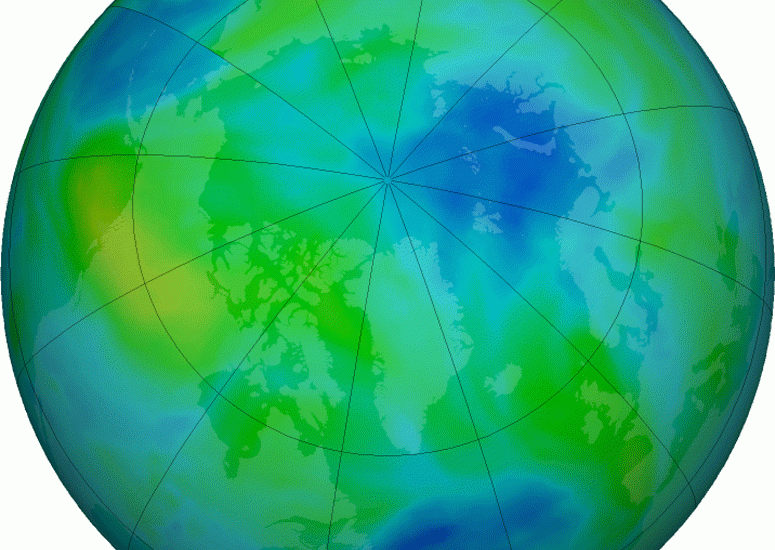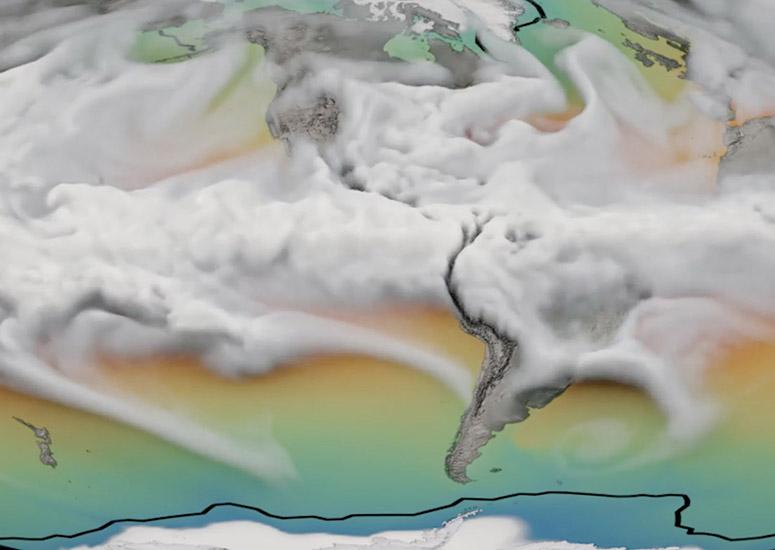-
Scientists reconstruct climate since last ice age
Scientists have reconstructed Earth's climate in the 24,000 years since the last ice age, highlighting key drivers of climate change and the influence of human activity.
- Climate
-

Warming temperatures increasingly alter structure of atmosphere
Warming temperatures near Earth's surface are playing an increasing role in pushing up the height of the tropopause.
- Climate
-

Smoke from nuclear war would devastate ozone layer, alter climate
The massive columns of smoke generated by a nuclear war would alter the world’s climate for years and devastate the ozone layer, endangering both human health and food supplies, new research shows.
- Climate
-

Protecting the ozone layer is delivering vast health benefits
International agreements to protect the ozone layer have been so successful that they will prevent an estimated 443 million cases of skin cancer and 63 million cataract cases for people born in the United States through the end of this century, according to new research.
- Air Quality,
- Climate
-

NCAR will collaborate on new initiative to integrate AI with climate modeling
The National Center for Atmospheric Research (NCAR) is a collaborator on a new $25 million initiative that will use artificial intelligence to improve traditional Earth system models with the goal of advancing climate research to better inform decision makers with more actionable information.
- Climate

